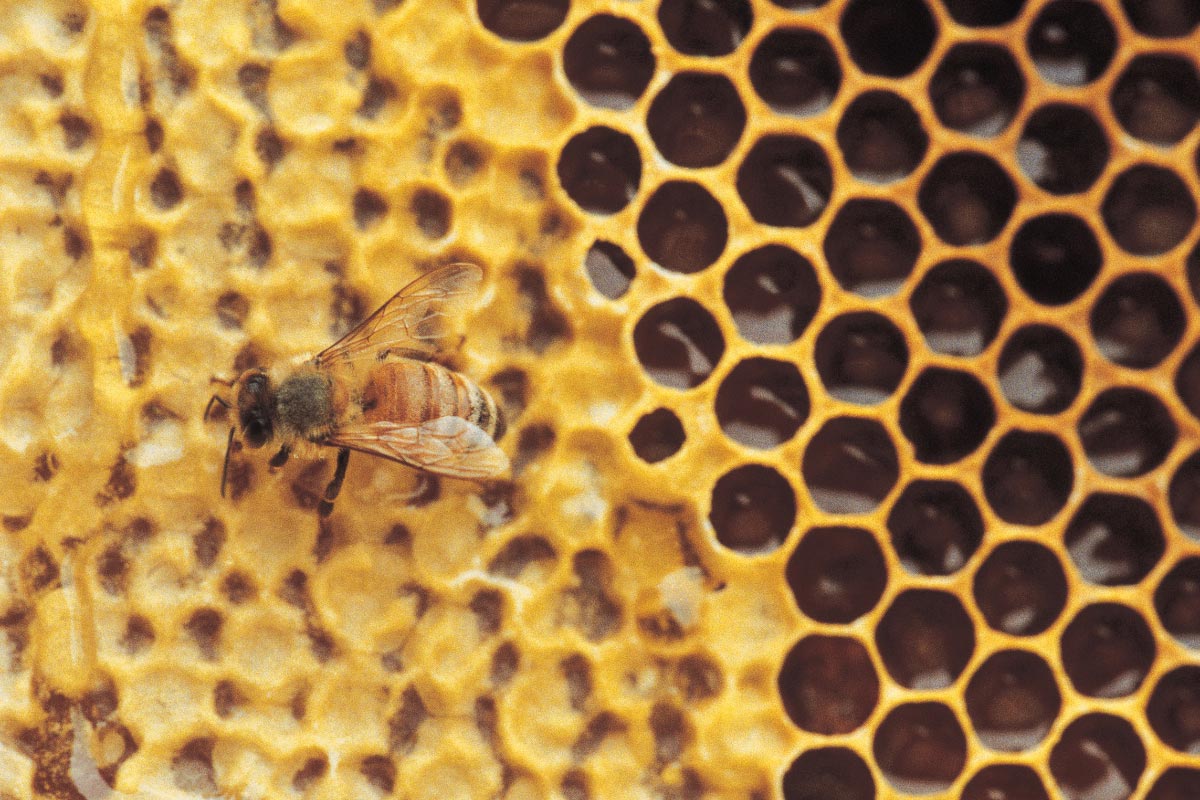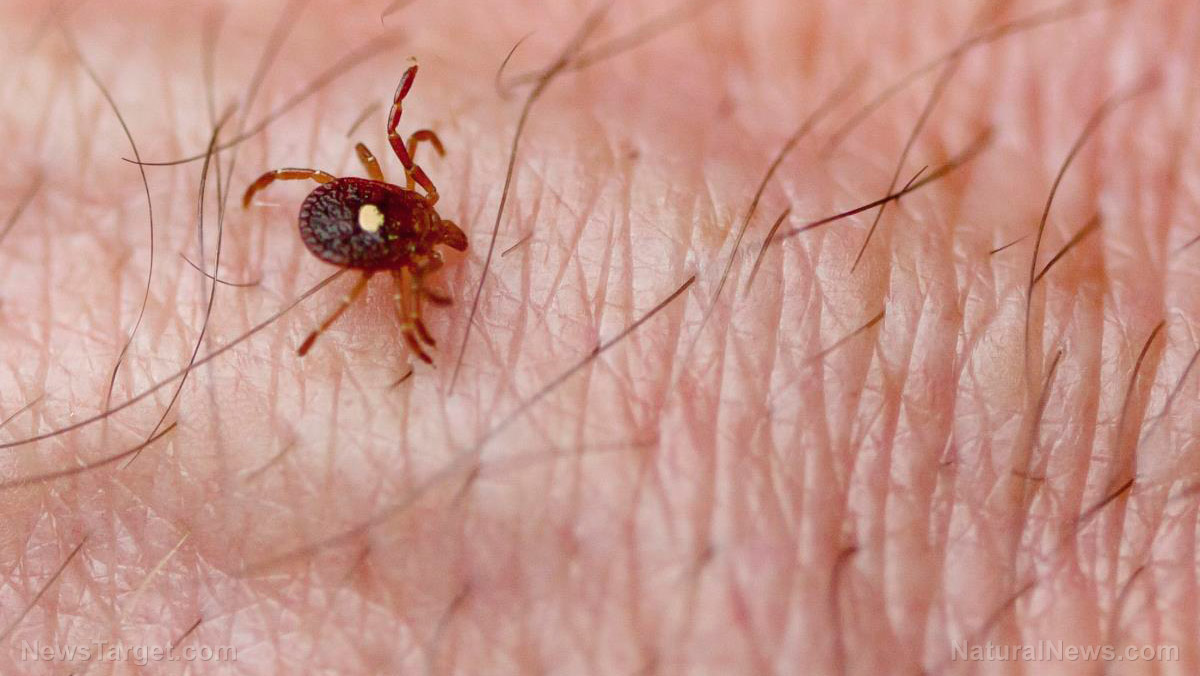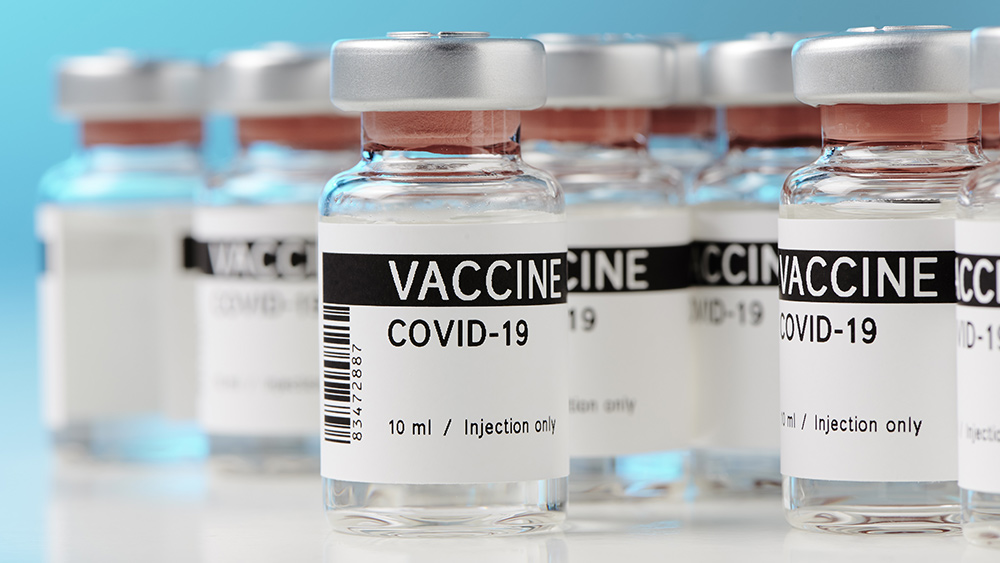Cold temperature lipid created by the body may lower blood sugar, report scientists
10/15/2020 / By Virgilio Marin

A recent study published in the journal Cell Metabolism found that 12-HEPE, a lipid produced by the body in response to cold temperatures, may help reduce blood sugar levels.
Researchers from Brazil, the U.S. and Germany conducted a series of experiments on mice and humans and found that it could help shuttle glucose into tissues and improve glucose tolerance in obese mice.
This finding could pave the way for new therapeutic approaches for treating Type 2 diabetes, a chronic medical condition affecting more than 34 million Americans, according to the Centers for Disease Control and Prevention.
Cold temperature lipid boosts glucose uptake
There were two types of adipose tissue, or body fat, in humans: white and brown adipose tissue. White adipose tissue stores excess energy as fat while the latter converts energy from food into heat and helps regulate body temperature.
Of particular interest to the researchers is brown adipose tissue, which also produce several lipids in response to cold. These lipids include 12-HEPE, or 12-hydroxyeicosapentaenoic acid.
For the first leg of the study, the researchers kept mice at either room temperature or near-freezing temperatures. They observed that the mice treated with 12-HEPE had lower blood sugar levels than untreated mice after both were injected with a concentrated glucose solution.
One explanation for the finding is that 12-HEPE promoted glucose uptake into both brown adipose tissue and skeletal muscle. To confirm this, the researchers conducted in vitro experiments with human cells. They discovered that 12-HEPE activates a signaling pathway conducive to glucose uptake. This finding also suggests that elevated blood sugar levels are likely associated with a sharp reduction in lipid levels, at least for such lipids as 12-HEPE.
Further tests revealed an association between lower levels of 12-HEPE and a high risk of Type 2 diabetes. To confirm this, the researchers enlisted obese, overweight, and lean and healthy participants and collected blood samples from them. Analysis of the samples showed that lean individuals had more 12-HEPE than overweight individuals and considerably more 12-HEPE than those who were obese. According to the researchers, this finding likely stemmed from the fact that obese and overweight individuals have less brown fat than lean individuals.
The team recommended further research that would look into which receptors 12-HEPE binds to in order to promote glucose uptake. Knowing that could help scientists develop medications that could stimulate the 12-HEPE receptor, thus leading to novel treatments for Type 2 diabetes. (Related: Death to Diabetes : The Six Stages of Type 2 Diabetes Control & Reversal.)
Link between diabetes and cold weather
Medical professionals observed that many diabetes cases are diagnosed during winter, prompting them to suggest a link between diabetes and cold weather. Type 1 diabetes was found to be more common in European countries than in African or South American countries. Finland, one of the upper latitude nations, hold the highest number of Type 1 diabetes cases in the world.
Some scientists believe that if there is any link between diabetes and a cold weather, it’s likely a product of human evolution. Thousands of years ago, the Earth’s average temperatures dropped abruptly, plunging the continents into deeper snow and causing the death of many life forms, including humans.
But clearly, the human race survived this abrupt ice age, and that was likely because of a genetic trait that helped humans withstand the cold, said Dr. Sharon Moalem, an author and researcher whose primary interests lay in evolution, genetics and biology.
Moalem suggests the ancient humans likely had reduced insulin output that elevated their blood sugar levels and raised their bodies’ freezing point. However, they also had a lot of brown adipose tissue, which didn’t need insulin to absorb sugar from the blood.
“Not only is your body keenly aware of the danger cold poses, it’s got a whole arsenal of natural defense,” Moalem said.
Read more articles exploring novel treatment for diabetes at DiabetesCure.news.
Sources include:
Submit a correction >>
Tagged Under:
anti-diabetes, blood sugar, cold weather, diabetes cures, diabetes science, discoveries, disease treatments, glucose uptake, lipids, research, Type 2 Diabetes
This article may contain statements that reflect the opinion of the author
RECENT NEWS & ARTICLES
COPYRIGHT © 2017 DISCOVERIES NEWS





















